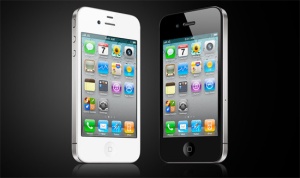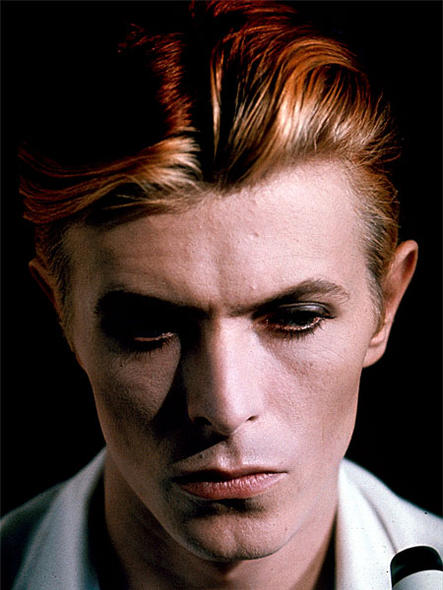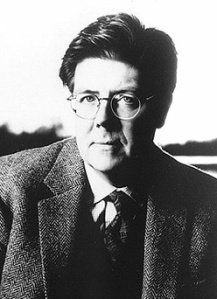
It is the first thing you reach for in the morning. You make sure you have it before going to get the mail. It’s plugged into your car stereo as you go to work. It sits on your desk as you solve the day’s problems. You get a funny picture, an alert to tell you that your funds are low, and a text from the girl you met at the concert last night. It’s tethered to your ear when you go for a run and your recipe book when you try to make a cake for the first time. It’s also the last thing you turn off before you turn in.
When I was born, the cellular phone was around, but scarcely seen (Barring “Wall Street”, of course). Even when I was a teenager, only the kids with the wealthy parents could afford to have one. It was a way to be connected to the rest of the world without having to camp out near the land-line. By the time I graduated, they were commonplace, and texting wasn’t even a verb. We sent each other messages at ten cents a piece, so the frequency was still very low. Then the iPhone came out…and the world changed.
The iPod had already changed the way we listened to music. It was a hard drive that you could keep in your pocket and take it anywhere. You no longer had to have binders upon binders of cd’s in your car to listen to your favorite album. When the iPhone was introduced, I honestly felt like I didn’t have a need for it. I could call and text people, while I listened to Weezer’s “Green Album” for the sixty-seventh time. My older brother was always on the cutting edge of technology and swore that his life had changed, but it had also changed with every computer, stereo system, and flat screen television he purchased.
Now, it’s one thing to play around with an iPhone in an Apple store, but it takes on a life of it’s own when you start to put your music, your photos, and your contacts on it. No longer were my pockets stuffed with bulky cameras or mp3 players, but a device that could do all of those things and have them available to share them on social media as soon as they happened. It was hard to tell how much it would change how we behaved as a society until years later, when they are the most important inanimate object in many of our lives.
Before this becomes a commercial for Apple, here are a few industries that have been effected or otherwise folded in the last seven years. Compact disc manufacturing, video rental, bookstores, movie theatres, DVD manufacturing, maps, GPS systems, and the record industry as a whole to name a few. It’s not just because smartphones were invented, but the residual effect of having the world at your fingertips spawned other media businesses to join the party. Netflix took the idea of having a subscription based dvd rental-by-mail model and turned it into a streaming service. Any movie or television show was now at a click of a button. Then there was Spotify.
Music streaming was in it’s infancy when Spotify was created. People still downloaded music files (Illegally) onto their computer and transfer them to their iPhone. The next step was internet radio which would have the user enter an artist and a series of songs related to the genre would play with advertisements cutting in every few minutes. When there was finally an application that had licencing to millions of songs by top artists and would have their album available the day it was released, it was game, set, match for the record business.
In any technological advance, the user always wins. There are, unfortunately always a certain amount of casualties. When cassettes were introduced, you had a portable album that you could record over at your disposal. It was something that vinyl and 8-track could never accomplish. The cinema business got put on it’s back heel when televisions and home theater systems got so large and crisp that they were in danger of shutting down.
While the telephone was invented to bring people together, the opposite has happened with the generation that grew up with them. Any party you attend will certainly have a moment when half of the people in the room are silently gazing at a tiny screen with their head tilted downward. The idea of calling a girl you just met the day before can be seen as being way too forward, instead of an attractive quality. We share too much information and know too much before we make any decision. Lighters have been replaced with flashlights at concerts, while hundreds of annoyingly bright screens pierce through the dark to sting your eyes as your favorite band plays your favorite song.
Is this a good thing? I’m not sure. We are a resilient species. When things go to far right, we pull them left. From Vinyl, to 8-track, to cassette, to CD, to MP3: Things get smaller and smaller to the point where we desire them to be big again. The album cover, which initially was a way to show what the band that recorded the music looked like has reignited a thirst for the “12 LP. Do I have an iPhone? Yes. Do I use it every day? Yes. Life has a way of rebounding when the world gets too smart for it’s own good.
Album of the Week: “In Rainbows” by Radiohead 2007







